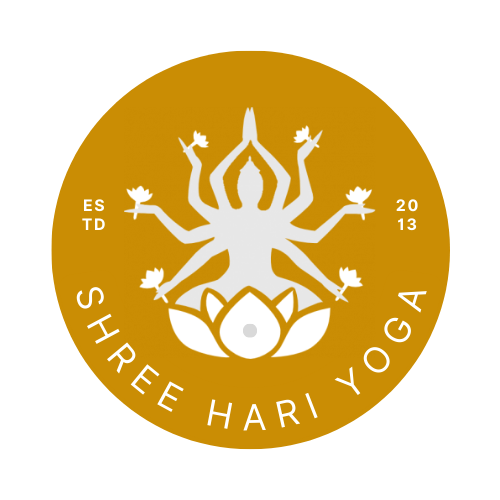Table of Contents
ToggleShould You Choose Residential Or Non-Residential Yoga Teacher Training?
You can choose multiple paths to become a yoga teacher. There are a number of options available when you set your mind and intention to learn yoga. You’ve probably typed the words ‘Yoga teacher training near me’ multiple times in the search bar and landed on this page today. One of the most common routes yoga enthusiasts take is the 200-hour YTTC route. It’s a certified course offered by registered schools.
The course is intensive and runs for a month. It carries an international certification. So, when you graduate from the school, you are well-equipped to face the world. You can look for a yoga teaching job in your country or abroad. Most basic yoga teacher training courses focus on Hatha Yoga or Ashtanga-Vinyasa. After students complete the foundational course, they often move on to other yoga forms. You can also follow the same pathway.
However, there’s one more question you may face now.
The two most important factors that drive the decision to join a course are the location and duration. So, it often comes down to choosing between Residential training and Non-residential training.
Non-Residential Yoga Teacher Training
If you have other obligations, you may want to choose a non-residential yoga teacher training. That’s why the phrase ‘Yoga teacher training near me’ is so common on search engines today. You might have work responsibilities, and taking a full month off may not be feasible. You may also have family duties or children to care for. Many people are simply not comfortable staying away from home for long periods.
These are some common reasons why many yoga enthusiasts opt for non-residential yoga courses.
In this format, most participants attend classes on weekends or alternate weekdays. The course duration extends in such cases. It may take several months or even up to two years to complete the training. The subjects covered are mostly the same as the residential programs. However, you get time to manage your daily tasks, house chores, and full-time work alongside the course. Different batches are available at different times, making it easier for working professionals to fit yoga into their schedules.
However, the downside is that such courses are not immersive. You may struggle to maintain the discipline of ashram life. Your focus and goals might get diluted by daily distractions and responsibilities. Daily self-practice may also become inconsistent. In that case, you might consider the alternative.
Let’s find out how you can take full charge of your yogic journey.
Residential Yoga Teacher Training
You need to set aside at least a month for the 200-hour yoga teacher training course. Don’t forget to factor in travel time as well. If you want to immerse yourself in yogic knowledge and have no major work commitments, this is the perfect option. It can be both mentally and physically demanding. You have to dedicate your full attention and energy to the course.
Some schools may not allow students to carry laptops. Many also restrict mobile phone use in the classrooms. The course will cover the A-Z of yoga in its foundational form. You’ll learn asanas, meditation, breathing techniques, bandhas, mudras, and mantras. The theoretical aspects are also deeply covered—yoga anatomy, physiology, and philosophy are part of the curriculum.
You’ll start your day early, follow a simple yogic diet, and wind down at sunset with satsangs and chanting sessions.
You’ll also get the chance to explore holy sites and natural surroundings during excursions and yoga expeditions. If you feel convinced that the residential program offers more value, try to set aside a month for this potentially life-changing experience.
But where should you go?
How To Choose The Best Residential Yoga Teacher Training?
Most people are traveling to India for yoga TTC—and you can too. Why not? After all, this is the birthplace of yoga. You’ll learn authentic yoga in registered schools across India. A Yoga Alliance school will serve you well, and you’ll even enjoy a vacation-like atmosphere. On your days off, you can explore the nearby attractions.
Residential training is modeled on the Gurukul system. In this traditional setup, students and teachers live together in the ashram. You will follow a structured daily routine throughout the course. Each ashram has its own philosophy, so you can choose one that resonates with you.
Don’t expect luxuries—yogic life is simple. You are encouraged to enjoy the richness of yogic practices in a minimalist setting. If you can embrace the ashram lifestyle fully, you’ll be on the path to becoming a successful yogi.
Not everyone who joins becomes a teacher. Many join for personal development. You may even aspire to reach Samadhi—the ultimate goal in yoga. The choice is yours.





